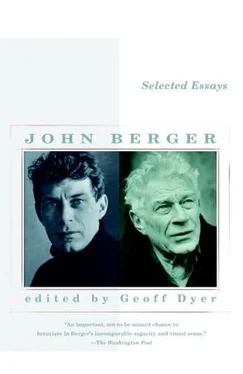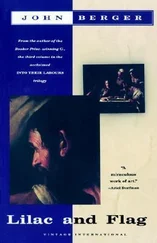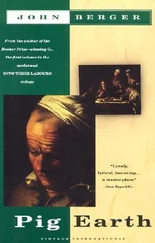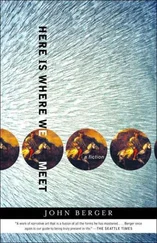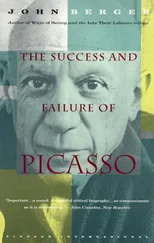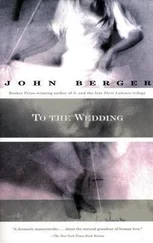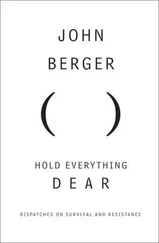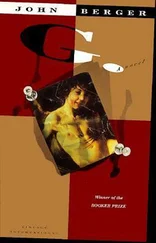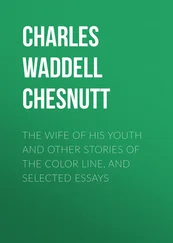And so we think: this is not another world, nor is it even a stage fantasy. Here the aspect of a shoulder or a breast is like the voice of an actress delivering Racine’s words: we have seen and heard them in different situations. This is simply the world ordered beyond any previous imagining.
Which brings us to the crux of the matter and the second discovery. Poussin’s sense of order added up to something more than an impeccable sense of composition — as we now use the term. Compare the studio works or the copies at Dulwich with the artist’s own works. On the canvas they are sometimes just as well arranged or composed. But only on the canvas. The shapes and colours and lines are ordered. But not the scene itself. In front of a Poussin one feels that he brought order to the slice of life he was painting before he even picked up a brush: that he posed his whole subject, as he might have posed a single model: that his power to organize didn’t just derive from the act of painting, but from his whole attitude to life itself. It is by this that we are elated. A Poussin is not simply evidence that a master can control his medium: it is evidence that a man has believed that man can control his fate. We have the same sense of elation in front of Renaissance artists like Piero, Mantegna, and to some extent Raphael, who was Poussin’s own star. But because Poussin was working a century later and painting had become very much more complex, Poussin’s expression of order was wider in scope. In front of a Piero we see, as it were, the blueprint of an ordered world; in front of a Poussin we see velvet, metal, flesh and the time of day all far more tangibly under control.
And now how can one explain this historically? I suspect the full explanation will upset a good many apple-carts, for clearly Poussin was simultaneously both a very reactionary and a very revolutionary artist. He was reactionary because for his subjects and for his examples — classical sculpture and the works of the mid-Renaissance — he looked backwards, and also because probably his sense of order derived from, and was sustained by, the absolutism of the France of Louis XIII and XIV. One has only to compare him to his contemporaries, such as Rembrandt, Velázquez or Galileo, to see how far he stood apart from the new subjects, the new problems and the progressive possibilities of his time.
He was a revolutionary artist, not only because his work was supremely rational — and consequently was to inspire the revolutionary classicism of David — but even more profoundly, because his determination to demonstrate the possibility of man controlling his fate and environment made his art the solitary link, in this respect, between the two periods when such a control could generally be believed in: the Renaissance and our own century. Between Poussin and Cézanne there were many works of genius, but none of them suggest an order imposed upon nature before the act of painting. Which is why Cézanne knew he had to go back to Poussin in order to continue from where Poussin had stopped.
Poussin’s system of order was static — however much energy his figures may imply. Look at The Triumph of David. If, as a result of the implied movement of the triumphal procession, we reckon with new consequences and changed circumstances, the whole unity of the picture falls to bits. What happens when the procession moves on and the head of Goliath no longer coincides with the robes of the spectator behind, and the folds of those robes no longer echo the victorious arm of David? For this reason Poussin could not deal with the constantly moving dynamic forces of nature, as expressed in full, open landscapes; he then had to let in mystery, the unknowable. His struggle, with inadequate means, to avoid doing this is very moving. In A Roman Road he tries desperately to keep everything under control: he emphasizes the straight edge of the man-made road, he makes as much as he can of the calculated angles of the church roof, he disposes the small figures in their telling, clear poses, but the evening light making shadow chase shadow, the sun going down behind the hills, the awaited night — these are too much for him. For Poussin there was chaos beyond the town walls, beyond the circle of learning — as there was bound to be until it was realized that human consciousness had as material a basis as nature itself.
And it was from this point that Cézanne continued. Cézanne’s incredible struggle was to find some system of order which could embrace the whole of nature and its constant changes. Against his wishes this struggle forced him to abandon the order of the static viewpoint, to admit that human consciousness was subject to the same dialectical laws as nature. And the Cubists continued from where he stopped, rejecting the Renaissance because they were aiming at the same end with quite different means. Even today the process is incomplete, the solution only partial. But for those who will take the next step forward, Poussin, straddling the two periods in our culture when men sought order in life before they sought it in art, will remain an inspirer.
1959
Watteau as the Painter of His Time
Historical generalizations — and particularly Marxist ones — can dangerously over-simplify. Yet unless one takes into account the fact that the eighteenth century ended with the French Revolution, it is impossible to understand how Watteau was so incomparably greater than all his followers.
The eighteenth century in France saw the complete transformation of power from the aristocracy to the middle class. The struggle and contradictions behind this transformation were reflected in the art of the period — but reflected in a highly complicated way. By the beginning of the century, following the death of Louis XIV, the doctrine of absolute monarchism was dead and with it declined the solemn, monumental, impersonal classicism of Poussin, Le Brun, Racine. There followed the transitional rococo art of Watteau, Fragonard, Boucher, whose public was the aristocracy now freed — fatally — from royal obligations and restraint, and the affected élite of the rising middle class. It was a transitional art because it preserved much of the artificiality of the previous classicism but introduced more movement (Watteau was greatly influenced by Rubens) and substituted casual Dalliance and Elegance for imperial Power and Dignity. In reaction to its hedonism, but continuing its tendency towards movement, characterization and informality, there arose the middle-class art of such painters as Chardin and Greuze: an art based on the virtues of domesticity, industry and personal responsibility. Finally under David there was the return to Classicism as the only sufficiently heroic style for the revolution itself. But this classicism was very different from that of the seventeenth century: it was far more concerned psychologically with the individual and contained much of the realistic observation of the preceding genre-painters.
Such is the bare outline of development. How did this affect Watteau? No historical analysis explains genius; it can only help to explain the way genius develops. If one compares Watteau’s fětes-galantes with similar works by Pater, Fragonard or Robert, their greater depth of meaning and observation becomes immediately obvious. The hands of a figure in a Fragonard are merely elegant gestures terminating the movement of an arm; in a Watteau the hands of each figure, however small, have their own energy as they restlessly finger the strings of a guitar or bodice. Faces in the work of the other painters are automatic, like the made-up faces of a chorus; in a Watteau, however silken the dalliance and finery, beady eyes look out from faces expressing all the desperation of an unrealized boredom with pleasure — an echo almost of voices in Chekhov. Watteau’s followers painted the stage of ‘manners’ as seen from the auditorium; he himself painted the performance from the wings whence one can occasionally see a performer querying his role. In his fragment of a Girl’s Head one is suddenly made to realize the disturbing (or encouraging) fact that no make-up can ever disguise the expression of the eyes. Or compare Watteau’s nudes with those of Robert or Boucher. For Boucher nudity was a commercial aphrodisiac; for Watteau it was a moment — evanescent as everything else — of intimacy.
Читать дальше
